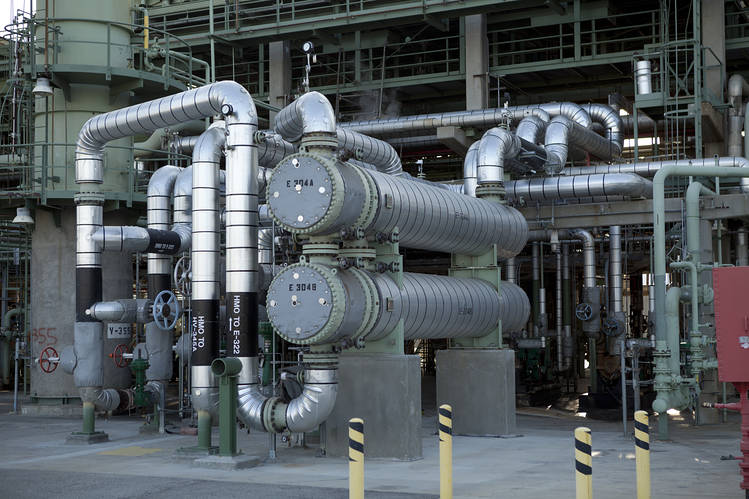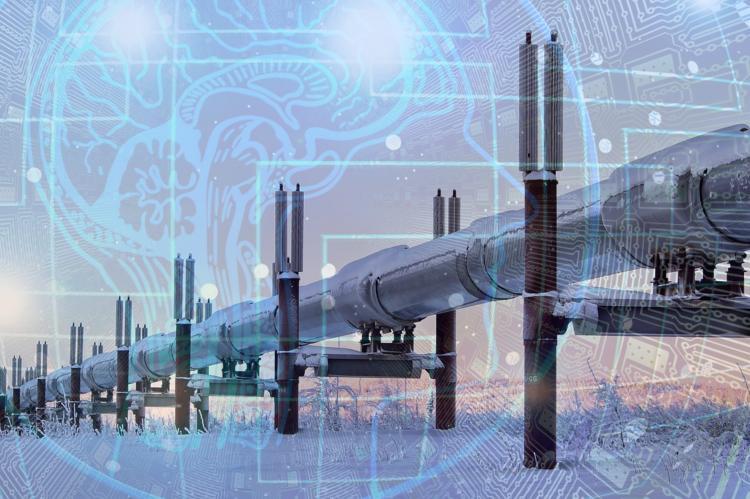Course Overview
This course is designed to provide students with sound knowledge of various critical aspects of python like operators, expressions, flow control, NumPy, SciPy, Pandas, iterative loops, etc. Students will be required to build two cases from scratch and will gain hands-on experience.
Topics Covered
- Creating a Digital Twin
- Creating a Machine Learning Model
- Feature Engineering
Course Curriculam
Unsupervised Learning
Python
Tensorflow
Numpy and Pandas
Exploratory Data Analysis
Feature Engineering
Outlier Detection
Supervised Learning
Projects you will build

Artificial Intelligence
Predictive maintenance in Heat Exchanger
Predictive Maintenance, Fouling Monitoring, Scheduling

Artificial Intelligence
Pipeline Corrosion Monitoring
Corrosion Estimation, Predictive Maintenance
